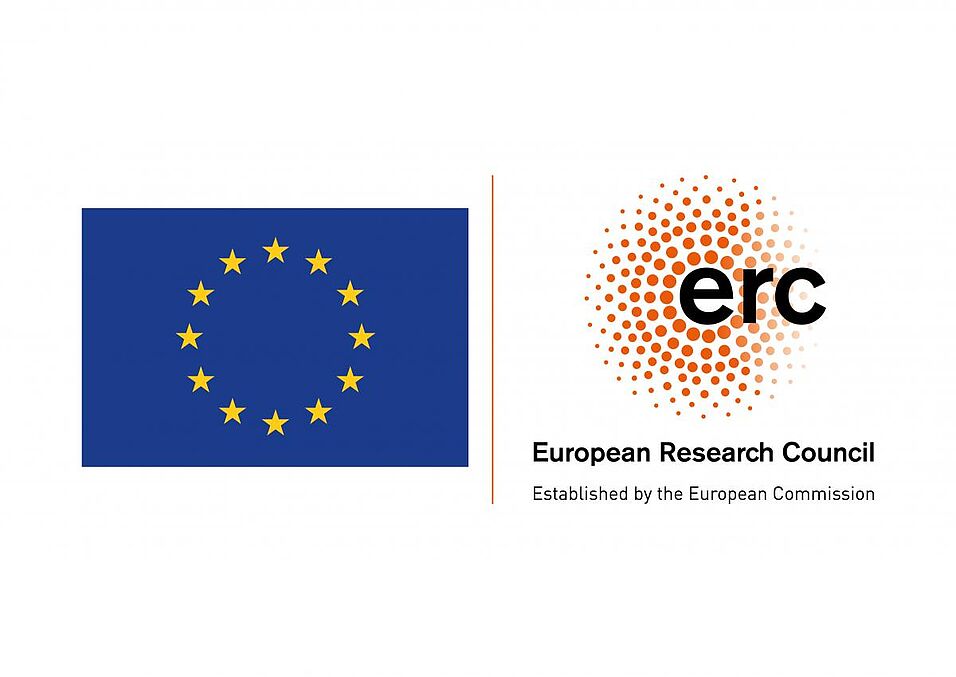The Synergy-Grant of the European Research Council HistoGenes (Integrating genetic, archaeological and historical perspectives on Eastern Central Europe, 400-900 AD) is funded with 10 million euros and runs for six years. It is coordinated by Walter Pohl, group leader of the Institute for Medieval Research at the Austrian Academy of Sciences and Professor of Medieval History at the Institute of Austrian Historical Research at the University of Vienna. The Vienna team includes the Austrian Academy of Sciences, the University of Vienna and the Prehistory Department of the Natural History Museum. Three leading foreign researchers are leading other teams: the geneticist Johannes Krause at the Max Planck Institute in Leipzig, the historian Patrick Geary at the Institute for Advanced Study in Princeton and the archaeologist Tivadar Vida at the University of Budapest.
The project opens up a new dimension in the genetic analysis of ancient DNA and the historical interpretation of the results. Archaeogenetics has made spectacular progress in recent years, from the decoding of the Neanderthal genome to evidence of Neolithic migrations to Europe. Now, for the first time, it is also possible to analyse the already extraordinarily genetically uniform population of historical periods in Europe. The HistoGenes project is entering completely new dimensions: so far, only a few dozen genomes from this period are known and several hundred have been analysed. HistoGenes will analyse 6000 individuals from the region. This will also create a solid basis for further comparative research. A number of other highly developed scientific methods will also be used: Isotope analysis will help to identify immigrants, physical anthropology will provide information on diet, physical labour and battle injuries, sediment analysis can provide evidence of climatic conditions, and pathogens will be genetically detected. The results of the project will make it possible for the first time to trace the diverse migrations during the 'Migration Period'. Where did the many peoples mentioned in the written sources come from? To what extent did they intermingle? Do the genetic differences correspond to cultural differences? And how were the local communities in which the people lived organised?
This creates a completely new picture of living conditions 1500 years ago. HistoGenes is the first large-scale genetic project in which all the sciences involved - genetics, archaeology, history and anthropology - are working closely together. New data requires new interpretations, and these can only be developed jointly. As an international centre of early medieval research, Vienna is at the heart of a project in which the best of the world's disciplines are working together.
The historical module is being carried out at the Institute of History and the Institute of Austrian Historical Research. Together with Walter Pohl, two postdocs and a PhD are working on the written sources of the time and helping with the historical interpretation of the findings.

